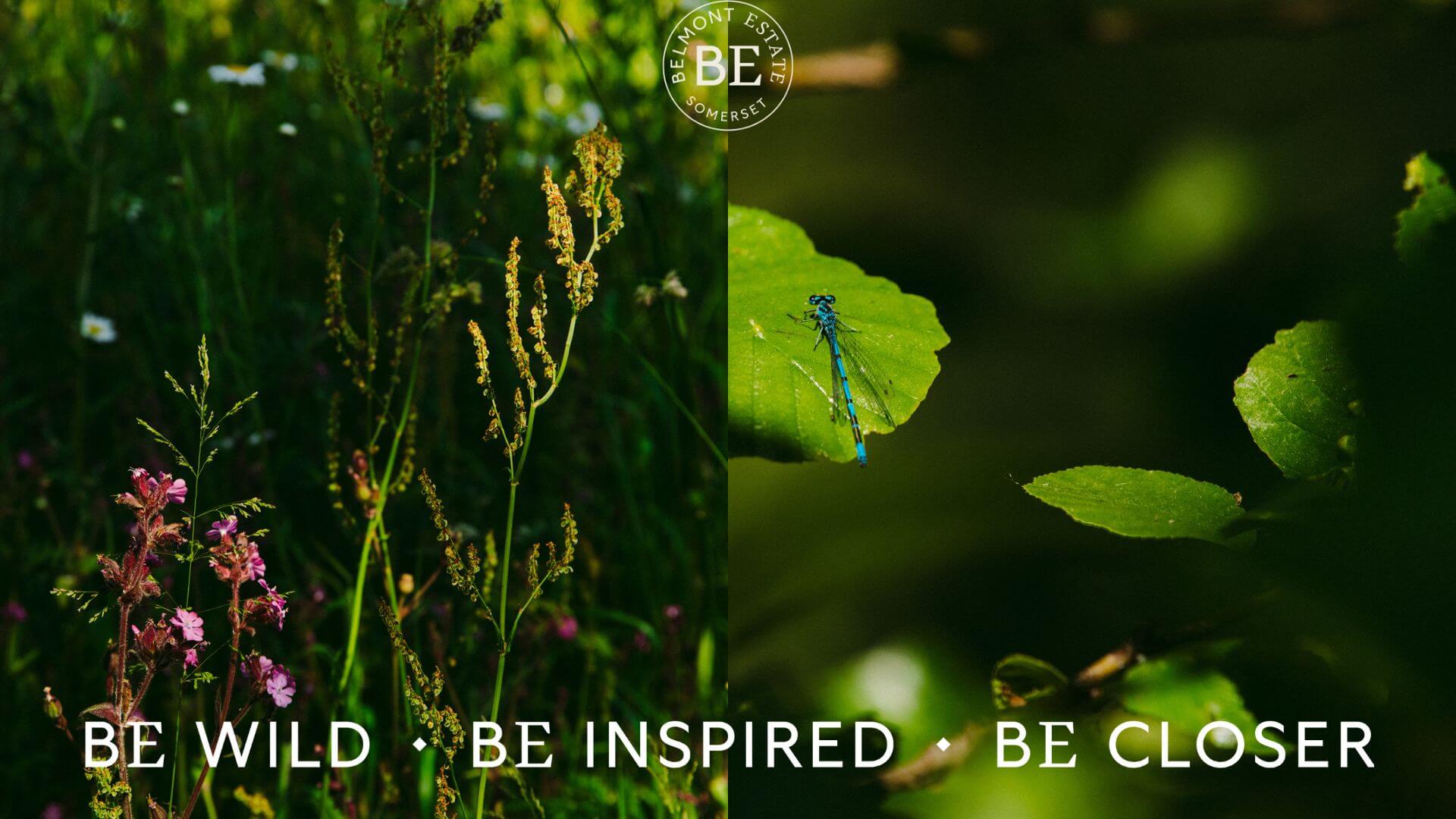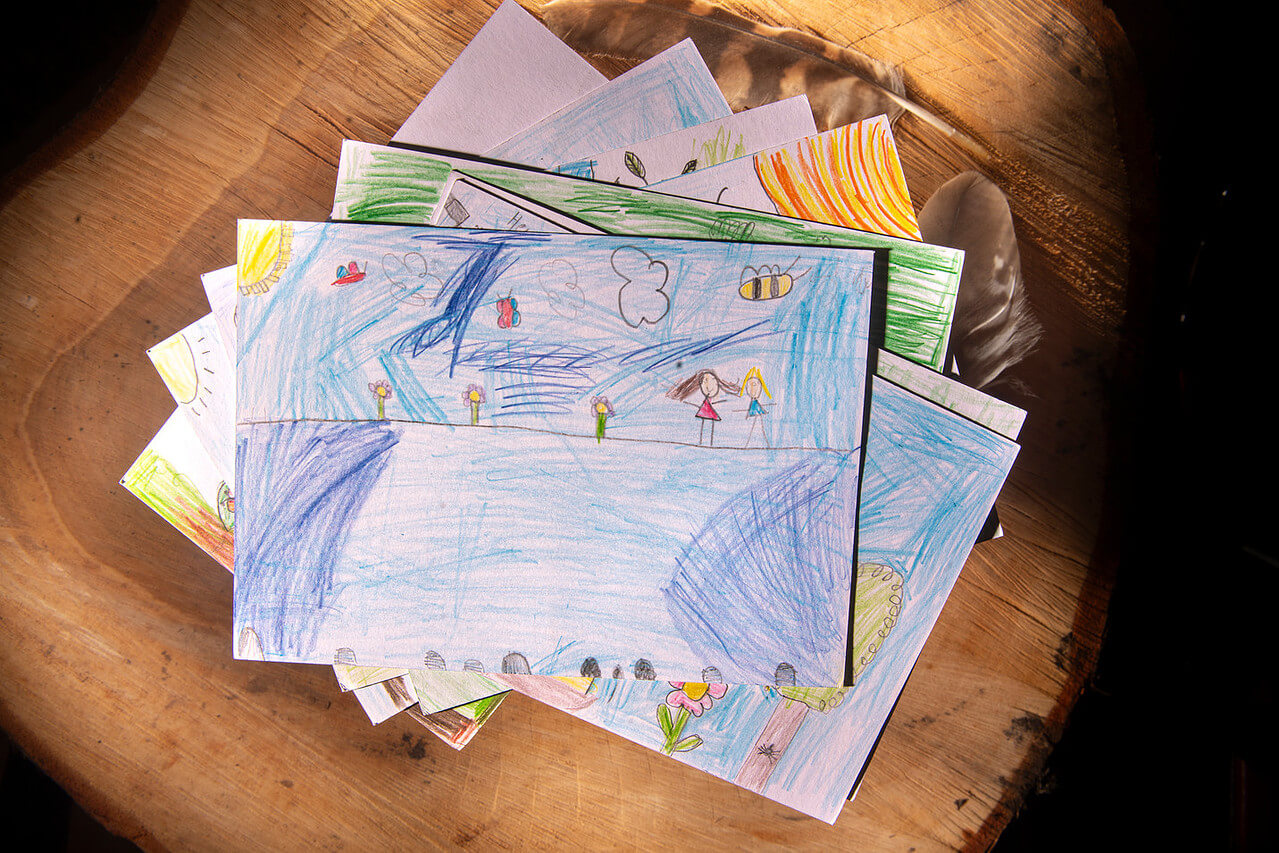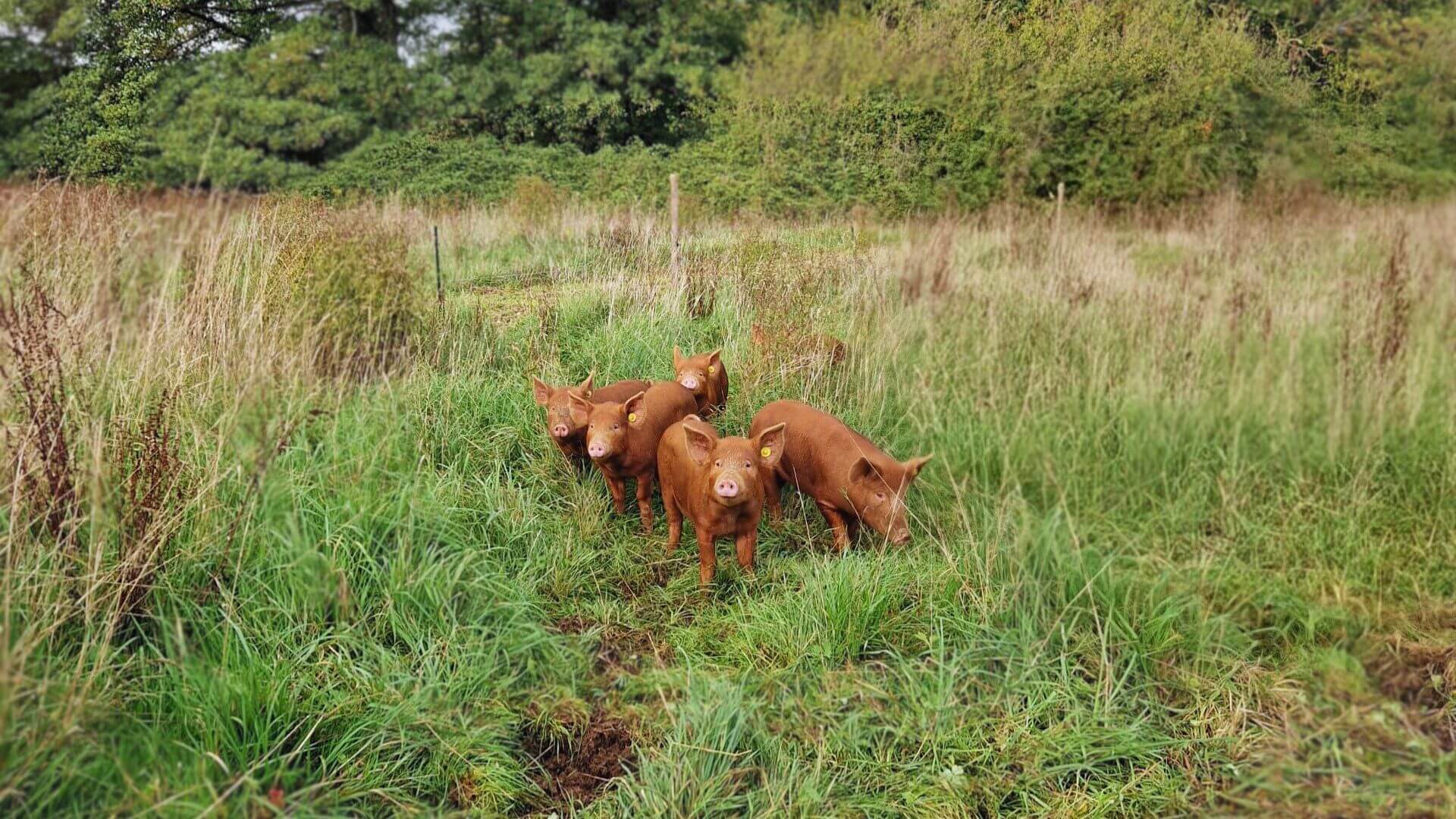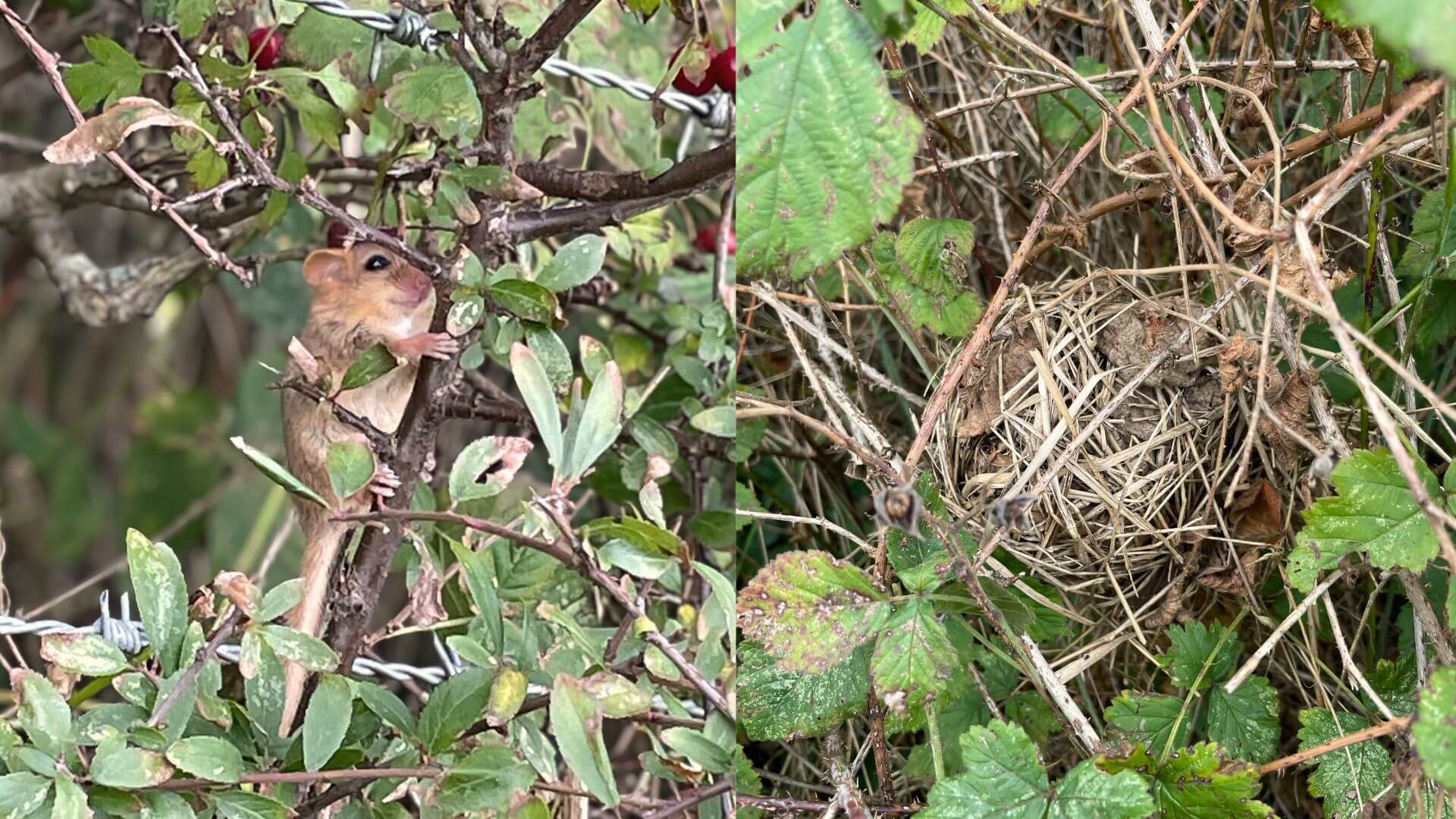
Nature Notes: October
Welcome to the October edition of Nature Notes, our monthly newsletter celebrating the people, places, and projects of Belmont.
October is a beautiful month at the Estate. From the growing golden tint of the leaves to their twirling dance from branch to the ground, the change of seasons can be seen everywhere. Nature is giving one last show before it tucks itself into a winter slumber and ceases growing until next year. A highlight for many at Belmont has been the vast number of fungi appearing, little umbrellas popping out of the ground ranging from barely a fingernail in width, to bigger than a palm. We’ve seen turkey tails, sulphur tufts, and shaggy inkcaps just to name a few.
Let’s dive into what the Team got up to during October!

Notes from Nature Connection
With the new school season kicking off in September, the Nature Connection team have been busy as always. They have also been growing and we are delighted to introduce Alice, our new Nature Connection Facilitator. Let’s hear from Alice, Julie, and Martin about their October.
“Having joined the team at Belmont as the season changed, I was swept up along with the orange leaves into a new adventure. It has been a sunny and colourful introduction, both in terms of the weather and receiving such a warm welcome from the team, who were passionate to show me the myriad of different experiences on offer; from sit spots among the towering poplar trees at Watercress Farm with our adult nature connection morning, to meticulously scanning the wetland for four-leaf clovers with community groups. I did not imagine that my first few weeks would include being transported to the Arctic by Martin Hartley’s talk with a cup of coffee and pastel de natas in the comfort of our beamed barns, nor would I be back at university inspiring a lecture room full of enthusiastic UWE undergraduates! I am only just beginning to appreciate the wide reach of the nature connection programme here at Belmont Estate and I am incredibly excited to continue learning and allow nature to be my guide in this new adventure.” – Alice, Nature Connection Facilitator
“We’ve been appreciating the Autumn colour and kicking through the falling leaves with our BE Wild and BE Closer programmes. For many of the children and young people it’s a rare opportunity to see a woodland in its full glory, glimpses of the deer and fungi being a big highlight, alongside the re-appearance of some great muddy puddles which have been enjoyed by all ages. A lovely evening session with Nailsea Young Carers allowed the group to experience the woods by night, with a beautiful sunset and the owl’s call bidding us goodnight.” – Julie, Senior Nature Connection Facilitator
“A new academic year always brings excitement and promise for the year ahead. We are delighted to welcome Alice to the Nature Connection team and look forward to expanding our mission even further.” – Martin, Head of Nature Connection

What’s been going on at the Estate?
Some sad news first: we have had to say goodbye to our Tamworth pigs, who resided at Watercress Farm for five years. The girls have been vital for our rewilding efforts; their rootling and wallowing exposed the soil giving dormant seeds the opportunity to germinate. Their footprint on Watercress Farm will last long after they’re gone, and not only because they resculpted the land.
However, we have recently welcomed six new Tamworth pigs and just like before, they will aid our rewilding project but in a localised area, rather than free roaming across the entire site. Their specific challenge is to help create a wet woodland, as well as enjoy their home at Watercress.

As it gets colder, gardening at the Estate winds down the same way nature does, but with that comes new jobs to prepare for winter and next year. Phil, our gardener, and the Estate Team have been planting bulbs and seeds across the estate including snake head fritillary, crocuses, and daffodils. In the walled garden, Phil has been focusing on planting winter salad leaves, like chicory. After a dry and hot summer, focusing on drought resilience for next year is very important. Phil has sown clover in with grass seed across the lawns which will hold water but also produce lovely white flowers in the summer attracting pollinators. He has also been recycling old slates and sticks to create additional habitats for invertebrates.
Down at Watercress Farm, the Team have also begun creating a wildflower meadow. An important part of our rewilding plans, as well as a BNG initiative, the new meadow will be plant rich containing at least 15 different species per m2. Initially, the wildflower meadow will be fenced off from the rest of the site to establish itself without the pressure of our free roaming livestock. Once we feel it is ready, the fences will be removed, and our cows and pigs will help spread the seeds from the meadow around the rest of the site.

Dormouse Survey at Watercress Woods
We are excited to share the results of a dormouse survey at Watercress Farm with you. This survey was conducted by volunteers and led by a licensed surveyor. Searching hedgerows for glimpses of pale fur and big eyes, the group managed to spot five creatures, including juveniles! They also managed to find the tangled branches of their natural summer nest, plus a wood mouse, who fittingly live in woodlands alongside the dormouse.
Overall, the survey deemed positive results that the breeding populations of dormice are thriving in our hedgerows! The wilder the hedgerows, the higher the biodiversity.
Thank you to Charlie Phillips for capturing these photos and for everyone involved in spotting these darling dormice.